It is an important pulse crop grown all over the country. Black gram (Vigna mango L) belongs to the Leguminosae family, and it is a short-duration crop. Black gram is rich in protein (25-26%) and is grown as an intercrop, cash crop, and solo crop. It is also called the urd bean. It is grown mainly as a rotating crop with rice. Black gram enriches the nitrogen content in the soil and has a relatively short maturation period (90-120 days). Let’s check out the best fertilizer For Black Gram.
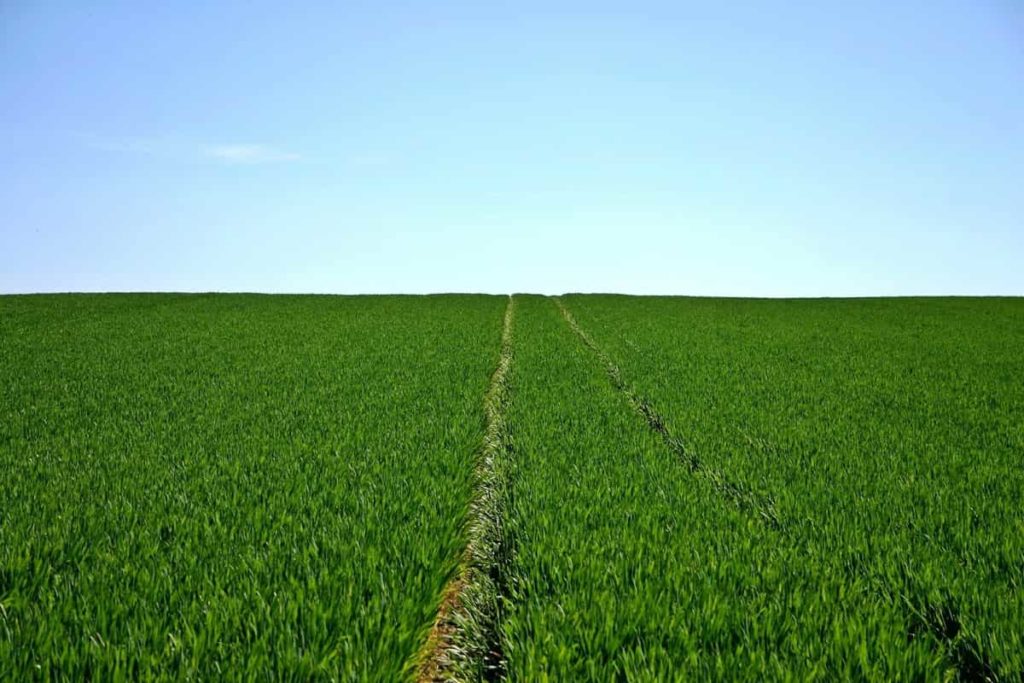
Black gram originated in South Asia, where it has been cultivated since ancient times and is one of the most valuable pulses in India. It is widely used in Indian cuisine. It is one of the essential pulses grown in the Kharif and Rabi seasons. Pulses ‘Black gram’ plays an essential role in the Indian diet, as it contains vegetable protein and is a dietary supplement based on cereals. It has about 26% protein, almost three times more than grains and other minerals and vitamins. In addition, it is used as food fodder, especially for milch animals. Black gram is a protein-rich food. Black gram provides a large portion of the protein requirement.
Role of nutrients in plant growth
The main functions of N and P nutrients are components of proteins and nucleic acids, which are essential components of plant tissues. K is the only nutrient not a part of plant organic compounds but is vital in regulating plant processes. Potassium plays an essential role in the quality of harvested plant products. For maximizing crop growth, there must be an abundance of nutrients available in the crop root zone. These nutrients can be supplied partly from soil and should be partially incorporated with organic fertilizers and manures.
There will be different nutrient amounts available in the soil, varying in basic materials like sand, clay, peat, and management histories such as previous crops, management of crop residues, and past use of fertilizers and manure. Differences in weather conditions can also change the available nutrients. For this reason, farmers need to know the content of NPK in their soil to learn how much N, P, and K should be added.
The use of organic liquid fertilizers, growth regulators, inorganic fertilizers, and organic manures prevents flower drops and increases the yield and quality of pulses. Integrated nutrition management, NPK fertilizers, micronutrients: Zinc, iron, boron, molybdenum, etc., and organic manures improve soil physical, chemical, and physical health.
In case you miss this: Organic Pigeon Pea Farming – Red Gram, Toor or Arhar
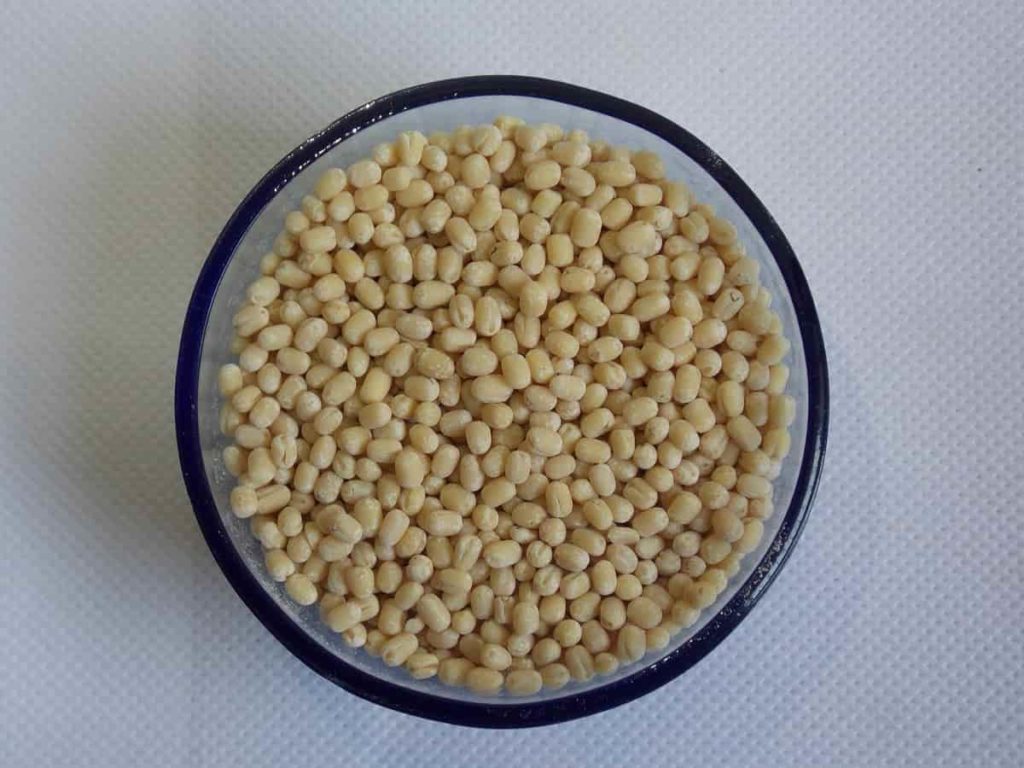
Fertilizer application
Apply lime at the rate of 2tonnes / hectare with FYM of 12.5 tons per hectare to apply lime to the soil surface or apply composted coir pith at 12.5 tons per hectare to get about 15-20% additional yield. Ferti-cum-seed drills should be used simultaneously for fertilizer application and seed sowing.
Best fertilizer For Black Gram:
Organic fertilizers
Before sowing Black gram organically, apply about 5 to 6 tons of compost or farmyard manure.
Compost manure
At the sowing time, apply 25-40 kg phosphorus (P2O5) and 25 kg nitrogen (N) per hectare. Also, seed treatment with a biofertilizer like Rhizobium is beneficial at a seed rate of 25 grams per kg. Manure was applied as required, and well-digested fertilizer was also used.
NPK fertilizers
NPK fertilizer rates substantially influenced the growth, yield, and yield attributes of the Black gram crop. Among the many benefits, nitrogen is known for its effectiveness in helping plants grow faster. It accelerates seed production and fruit production while improving the quality of fodder crops and leaves. It is a component of chlorophyll, and chlorophyll gives the plant a green color.
Phosphorus is an essential player in photosynthesis and is very important in helping the plant grow. It helps in making oil, starch, and sugar. In addition, phosphorous helps to convert solar energy into chemical energy. Furthermore, phosphorous supports and promotes root growth and development, respectively. Potassium helps in photosynthesis, fruit quality, protein production, and disease reduction. Overall, K is essential in plant health, growth, and nutrition.
Of the agricultural techniques used, the supply of maximum nutrients is the most critical factor for high crop yields, and of all the essential nutrients of plants, N, P, and K, plant growth and development. The recommended fertilizer dose for Black gram is 20:40:40 kg NPK / hectare. The amount of fertilizer should be added according to the soil test report.
In case you miss this: Organic Black Gram Farming -Production In India
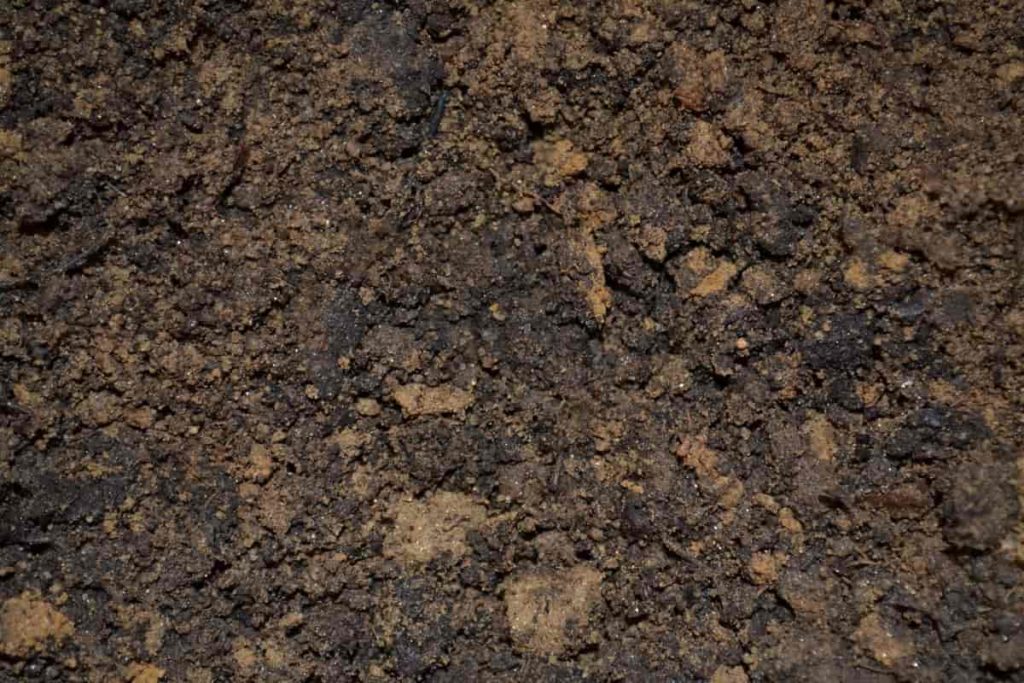
With 20 kg per hectare, the production of pulses is significantly increased, and the next crop is also benefited. Zn is one of the most nutritious micronutrients. Therefore, using Zn by 25 kg/hectare as a basal gives promising results. Boron and molybdenum provide better results in acid soils. In the pre-flowering stage, 2% DAP and 2% KCl increase foliar spray yield.
| NPK dose (kg/hectare) | Fertilizer (kg/hectare) | Time of application |
| 20 kg N | 44 kg Urea | Basal application with the ferti-plus-seed drill at the sowing time |
| 40 kg P | 250 kg SSP | At the of sowing, basal application with ferti-cum-seed drill |
| 40 kg K | 67 kg MOP | Basal application with ferti-plus-seed drill at the of sowing |
Bio-fertilizers
The phosphorous application plays an essential role in crop development, growth, and maturity. Phosphorus helps in grain production, seed quality, photosynthesis regulation, root growth, and nodulation. Therefore, in addition to encouraging the use of phosphorus, organic manure (Vermicompost) and biofertilizer PSB should be combined with increasing the use of phosphorus. Local sources like vermicompost should be encouraged as it provides essential plant nutrients and soils microbial’s physical, chemical, and biological conditions.
In case you miss this: Best Fertilizer for Green Gram: Organic, NPK, Biofertilizer, and Application
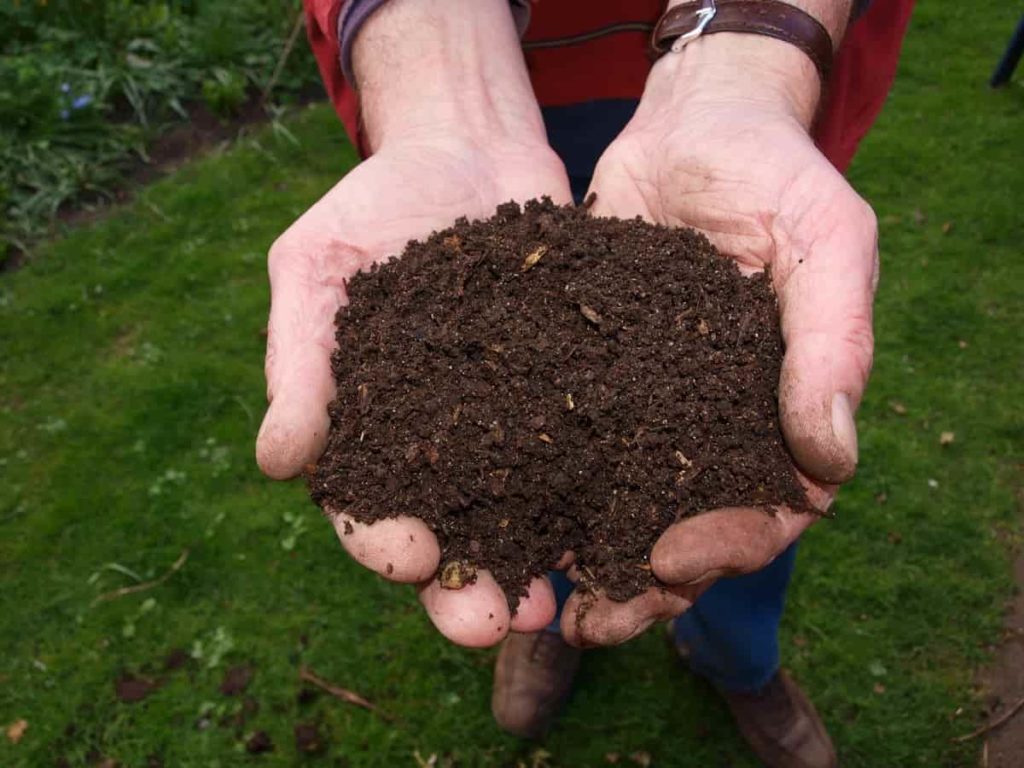
It improves activity, soil structure, water holding capacity. And thus increase the fertility and productivity of the soil. Vermicompost is a potential source due to plant nutrients, growth-promoting substances such as nitrogen-fixing, phosphorus solutions, and cellulose dissolving organisms. Vermicompost alone or fertilizer improves soil N, P, and K conditions.
Integrated nutrition management (INM)
Integrated nutrition management is essential. Treat seeds with Rhizobium culture by 200 grams per acre. If the seeds are treated with fungicide/pesticide, the dose will be 400 grams per acre. Using Rhizobium can save 20 to 25 percent of the required nitrogen. With nitrogen, farmers can use soluble phosphorus bacteria (PSB by 2 kg/acre), converting unavailable phosphorus into available form.
Symptoms of nutrient deficiency in Black gram
50% nitrogen can be replaced by an organic source (850 kg vermicompost per hectare). Lime is recommended for pulses with soil pH less than 6.0.
Nitrogen deficiency
- Symptoms – Yellowing of old leaves
- Affect – growth was stunted
Solution
- Product – Macrofert 20:20:20 5gm/liters
- Soil/Drip – Plantex 20:20:20 5kg/acre
- Benefit – Helps in plant growth, formation of amino acids
Phosphorus deficiency
- Symptoms – Reddish purple color of old leaves. Growth is stunted, Leaves are tilted upward. Leaves show brown spots after flowering. Poor root development.
- Affect – Plants are dwarf
Solution
- Product – Fertimax 00:52:34 (5-10gm/liters), Fertimax 12:61:00 5gm/liters
- Soil/Drip – Plantex 12:61:00 5kg/acre
- Benefit – Root development, winter hardness
Potassium Deficiency
- Symptoms – Old leaves turn dark green, leaf margins burn.
- Affect – Necrotic spots appear on the tips of old leaves.
Solution
- Product: Fertimex 00:00:50 5g / braid, Fertimex 13:00:45 (5-10gram / liters), Fertisol 3-5 gram/liters
- Advantage – resistance to pests and diseases, opening and closing of stomata
Magnesium deficiency
- Symptoms – Interventional chlorosis, the leaves with veins appear green, turning yellow. Basal leaves are green. Later leaf spots appear between the veins. The leaves are curved downwards. At the very least, the leaves turn from white to yellow, and the base of the leaf remains green. Light brown necrotic spots appear with dark brown margins. Brown spots appear on pods.
- Measure – MgSO4 1% foliar spray at 15-day intervals.
In case you miss this: Green Gram Seed Germination, Time Period, Process
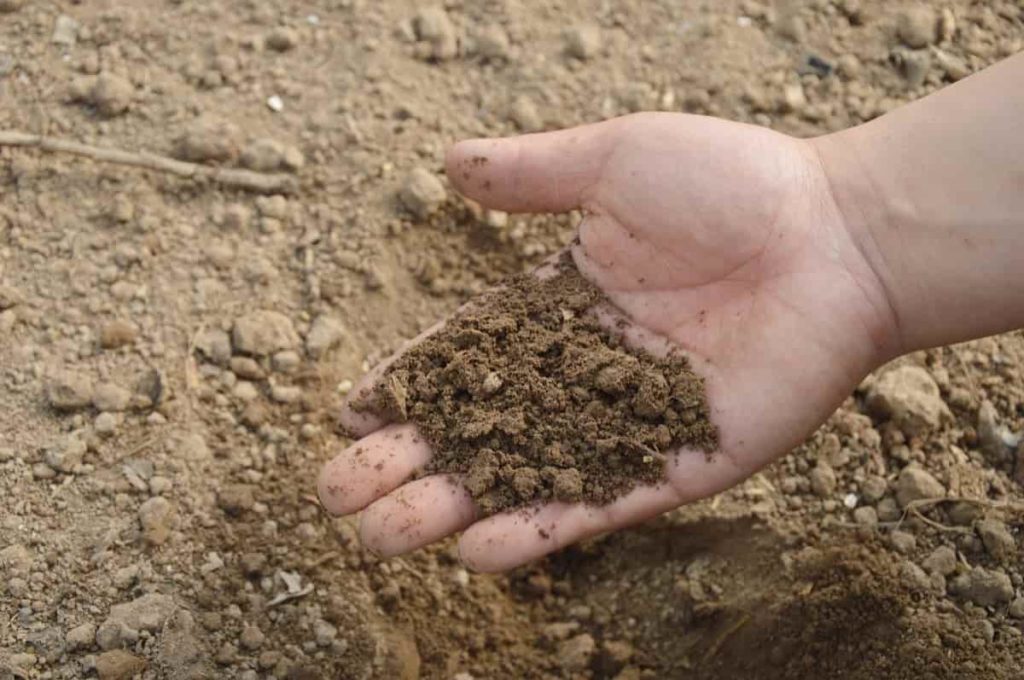
Boron
Symptoms of Deficiency – The upper internodes of the stem are shortened, giving the plants a pinkish tinge. The upper leaves turn yellow and sometimes red near the growing spots. The symptoms are most severe on the leaf tips while the leaf bases are green.
Measure the correction – Borax 0.2% foliar spray at fifteen-day intervals.
Sulfur
Deficiency Symptoms – Deficient plants become chlorotic, and new leaves are first affected, but gradually the entire plant becomes uniformly chlorotic.
Correction Measure – Folia spray of CaSO4 by 0.5-1.0%
Manganese
- Symptoms of deficiency – Older leaves of young plants show signs of deficiency. The leaves are yellow. But the veins remain green. Later, reddish-yellow leaves appear. Young leaves turn completely yellow. Dark brown Black spots appear on the plant leaves.
- Correction measures – Spray 1% MnSO4 during 20, 30, 40 DAS or use 10 kg MnSO4 as basal dose.
Zinc
Symptoms of Deficiency – Deficiency will appear one month after germination. The middle parts of the leaves turn yellow and die prematurely. They decreased plant growth. The yellow leaves are small; the veins are green.
Correction Measure – Apply basal dose ZnSO4 Usage at 25 kg/hectare. Spraying 0.5% ZnSO4 during the 20th, 30th, 40th day of sowing spray 0.5% ZnSO4 is beneficial.
Fertilizer application to get higher yields of Black gram
Apply mainly fertilizer before sowing
- Rainfed – 12.5kg N + 25kg P2O5 + 12.5kg K2O + 10kg S/hectare
- Irrigation – 25kg N + 50kg P2O5 + 25kg K2O + 20kg S/hectare
Applied in gypsum form, if single superphosphate is not used as a phosphorus source, use 25 kg ZnSo4 / hectare soil in irrigation. Use micronutrient mixture soil at the 5 kg/hectare rate as enriched FYM (Prepare enriched FYM at 1:10 ratio of MN mixture and FYM; mix on soft moisture and incubate in the shade for one month).
- How to Make Houseplants Bushy: Effective Tips and Ideas
- Innovative Strategies for Boosting Coconut Pollination and Yield
- Pollination Strategies for Maximum Pumpkin Yield
- The Complete Guide to Chicken Fattening: Strategies for Maximum Growth
- Natural Solutions for Tulip Problems: 100% Effective Remedies for Leaf and Bulb-Related Issues
- Revolutionizing Citrus Preservation: Towards a Healthier, Greener Future
- Natural Solutions for Peony Leaf and Flower Problems: 100% Effective Remedies
- Maximizing Profits with Avocado Contract Farming in India: A Comprehensive Guide
- Natural Solutions for Hydrangea Problems: 100% Effective Remedies for Leaf and Flowers
- The Ultimate Guide to Choosing the Perfect Foliage Friend: Bringing Life Indoors
- From Sunlight to Sustainability: 15 Ways to Use Solar Technology in Agriculture
- The Ultimate Guide to Dong Tao Chicken: Exploring from History to Raising
- The Eco-Friendly Makeover: How to Convert Your Unused Swimming Pool into a Fish Pond
- Mastering the Art of Delaware Chicken Farming: Essentials for Healthy Backyard Flocks
- 20 Best Homemade Fertilizers for Money Plant: DIY Recipes and Application Methods
- How to Craft a Comprehensive Free-Range Chicken Farming Business Plan
- Brighten Your Flock: Raising Easter Egger Chickens for Beauty and Bounty
- How to Optimize Your Poultry Egg Farm Business Plan with These Strategies
- Subsidy for Spirulina Cultivation: How Indian Government Schemes Encouraging Spirulina Farmers
- Ultimate Guide to Raising Dominique Chickens: Breeding, Feeding, Egg-Production, and Care
- Mastering the Art of Raising Jersey Giant Chickens: Care, Feeding, and More
- Ultimate Guide to Raising Legbar Chickens: Breeding, Farming Practices, Diet, Egg-Production
- How to Raise Welsummer Chickens: A Comprehensive Guide for Beginners
- How to Protect Indoor Plants in Winter: A Comprehensive Guide
- Ultimate Guide to Grow Bag Gardening: Tips, Tricks, and Planting Ideas for Urban Gardeners
- Guide to Lotus Cultivation: How to Propagate, Plant, Grow, Care, Cost, and Profit
- Agriculture Drone Subsidy Scheme: Government Kisan Subsidy, License, and How to Apply Online
- Ultimate Guide to Raising Araucana Chickens: Breed Profile, Farming Economics, Diet, and Care
- Bringing Hydroponics to Classroom: Importance, Benefits of Learning for School Students
- Ultimate Guide to Raising Polish Chickens: Breed Profile, Farming Economics, Diet, and Care
- Ultimate Guide to Raising Australorp Chickens: Profile, Farming Economics, Egg Production, Diet, and Care
- Silkie Chicken Farming: Raising Practices, Varieties, Egg Production, Diet, and Care
- Sussex Chicken Farming: Raising Practices, Varieties, Egg Production, Diet and Care
- Homemade Feed Formulations for Livestock: Discover Cost-effective Starter to Finisher Feed Recipes
- 20 Best Pig Weight Gain Supplements: Top Swine Weight Gain Formulas
- Ultimate Guide to Elderberry Farming: Propagation, Planting, Yield, Cost, and Profit